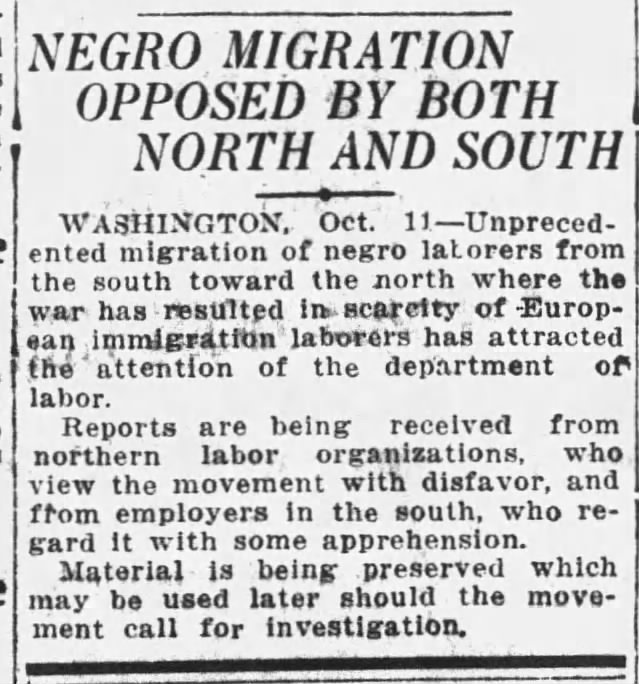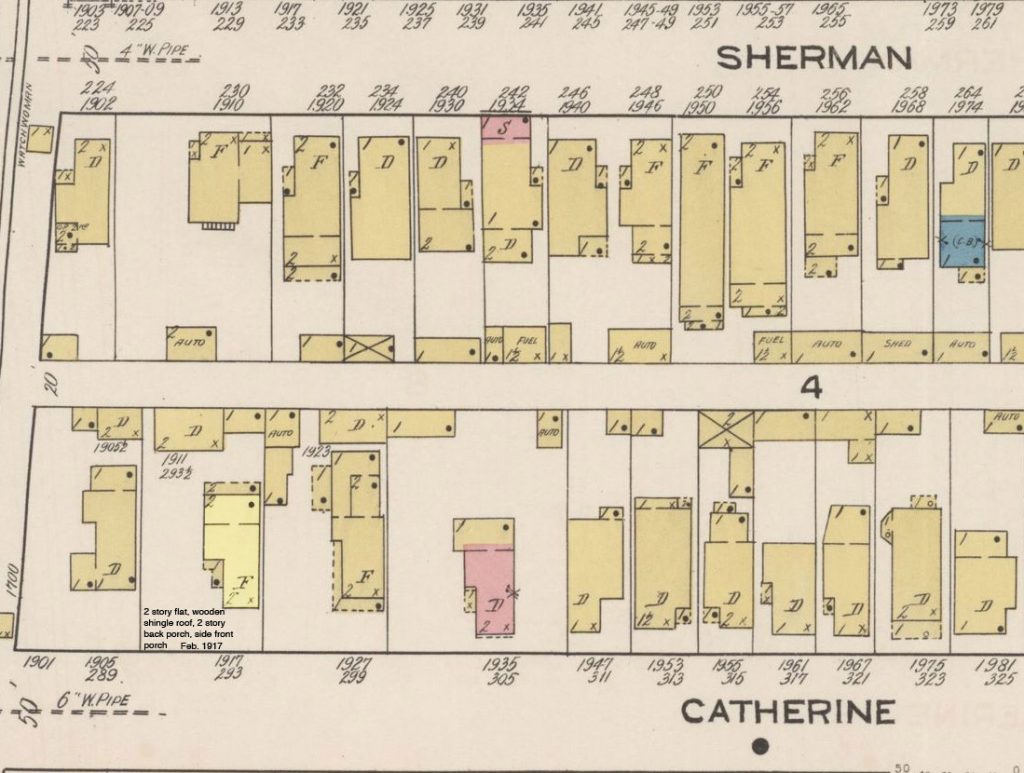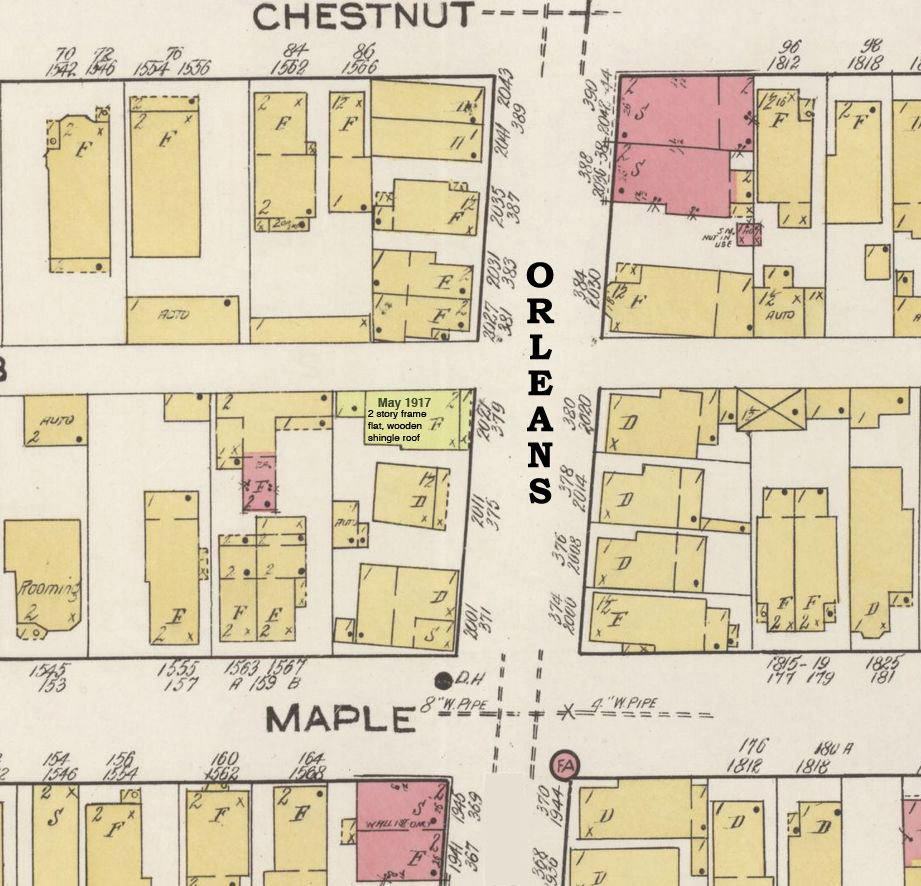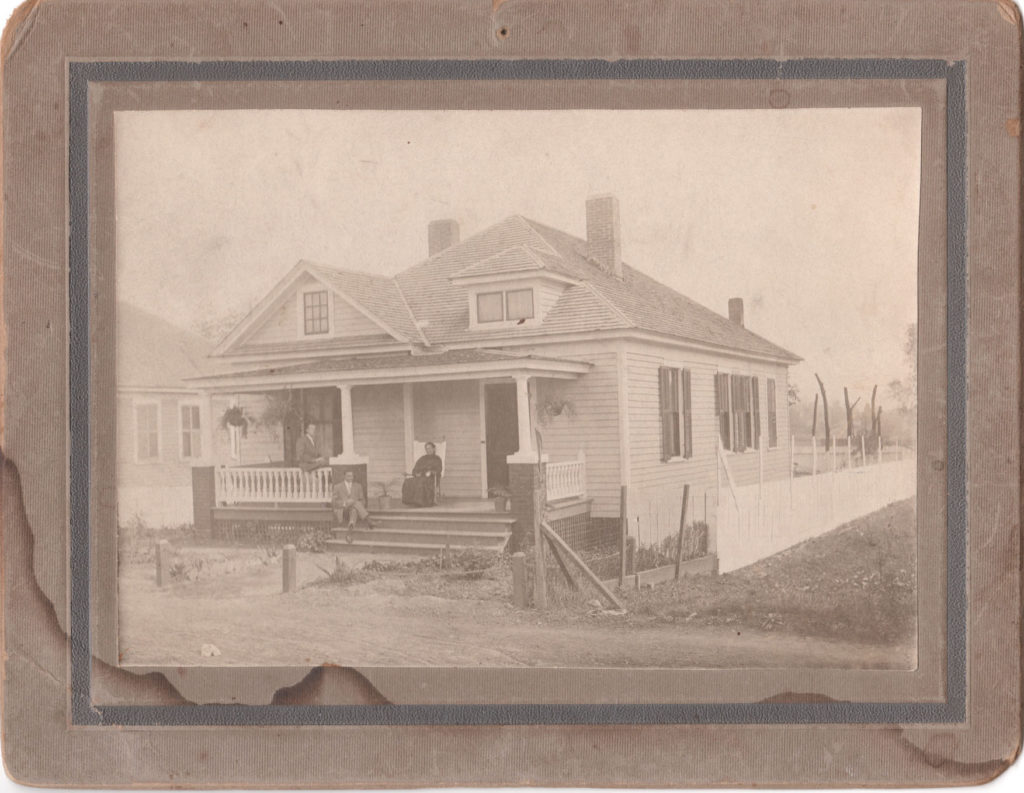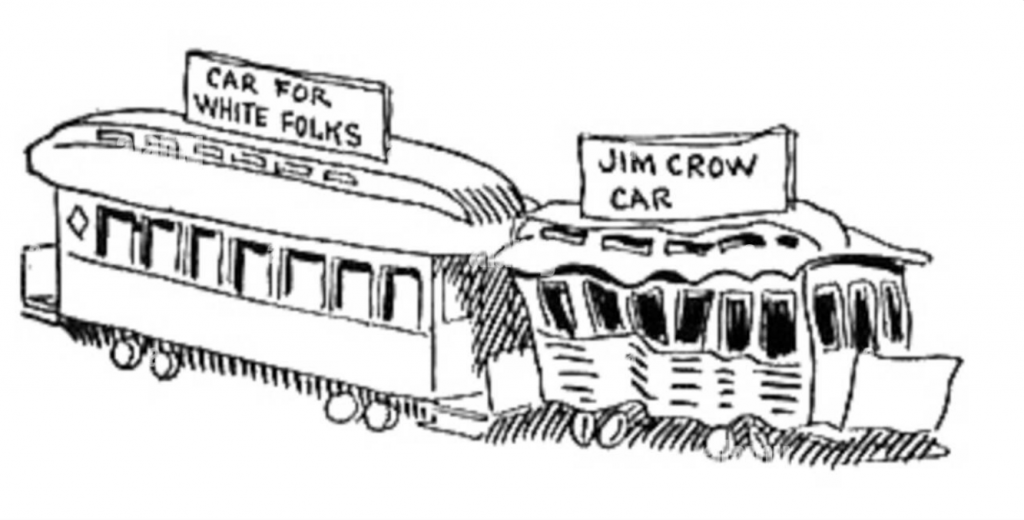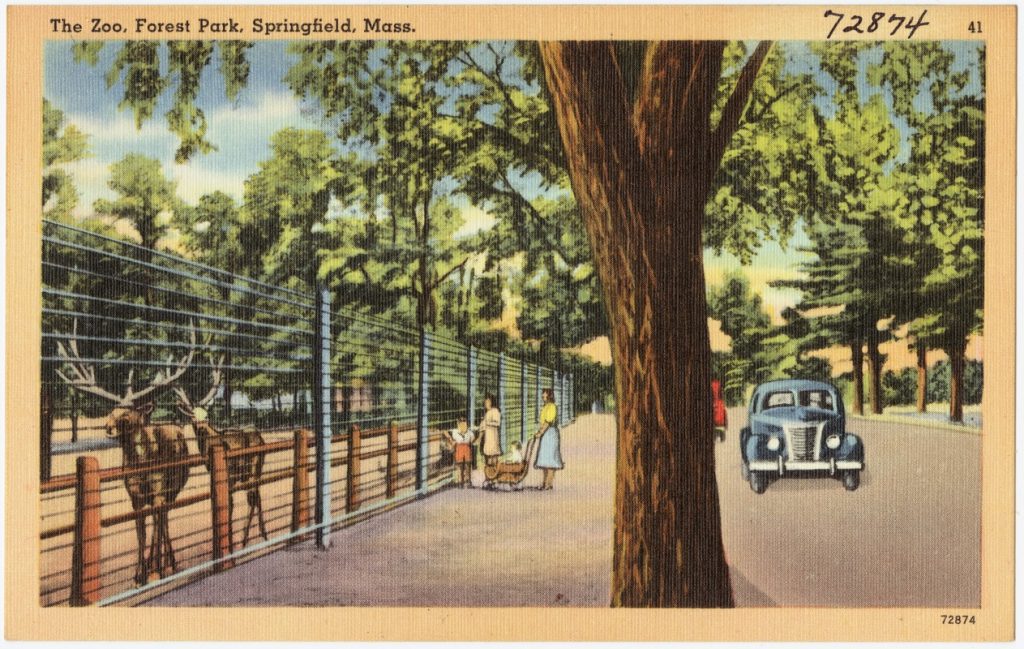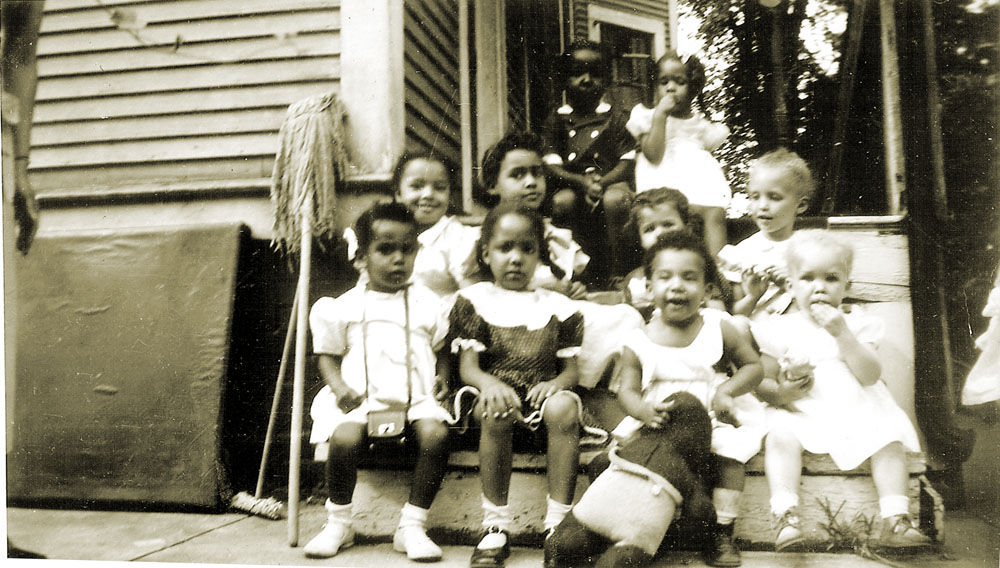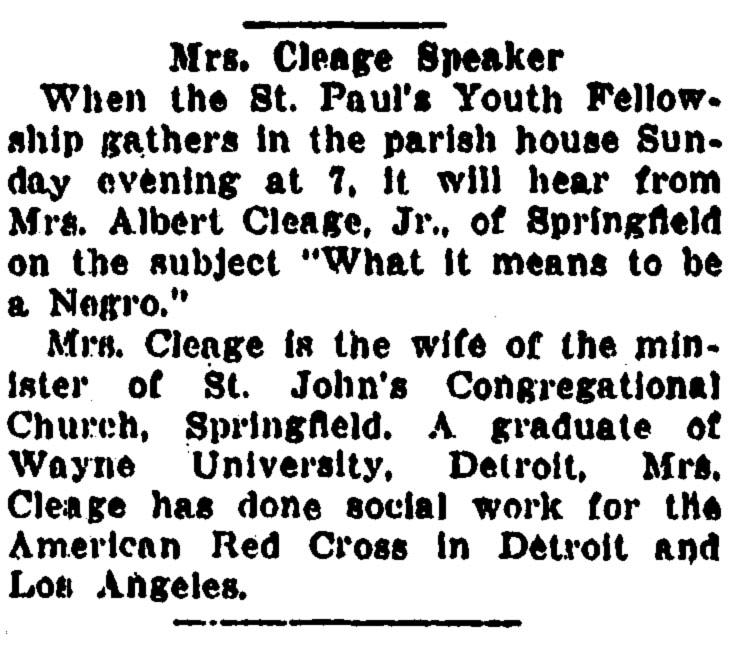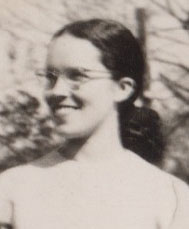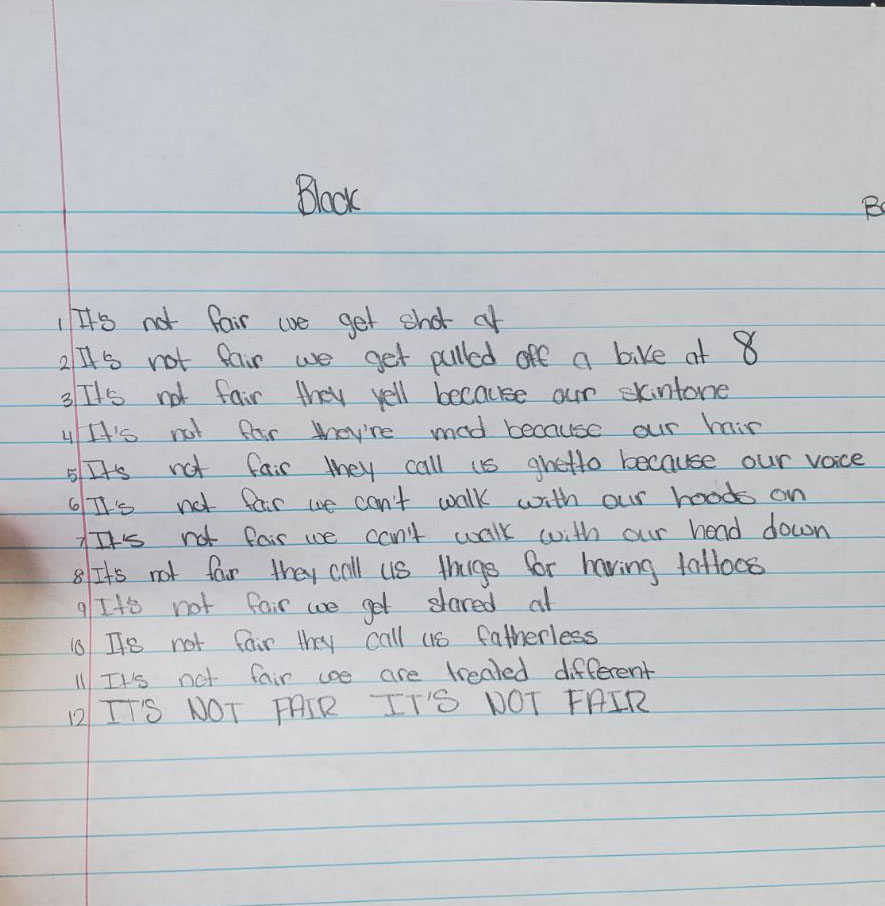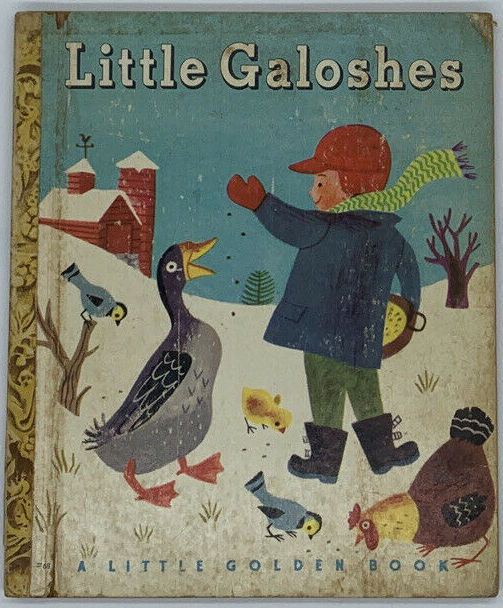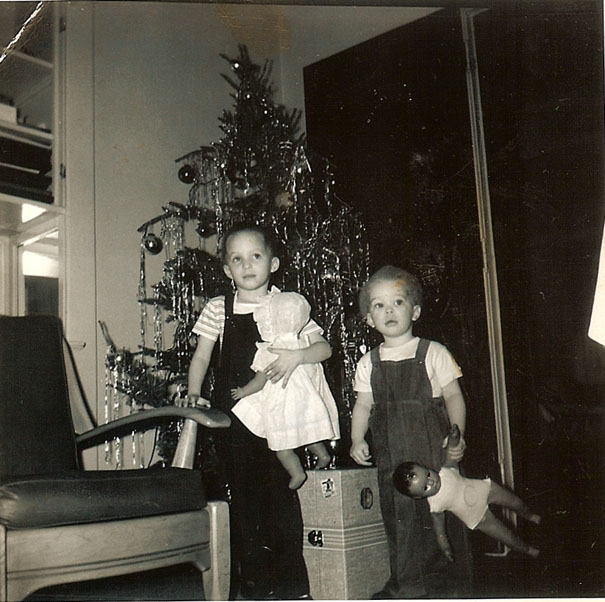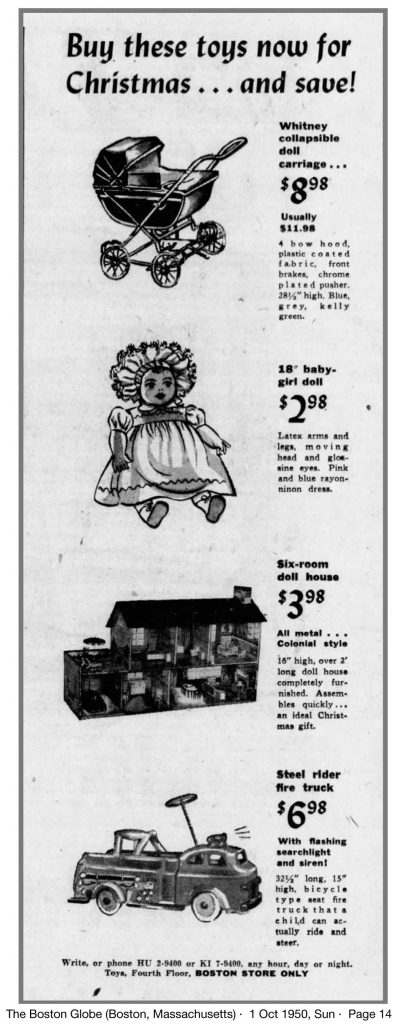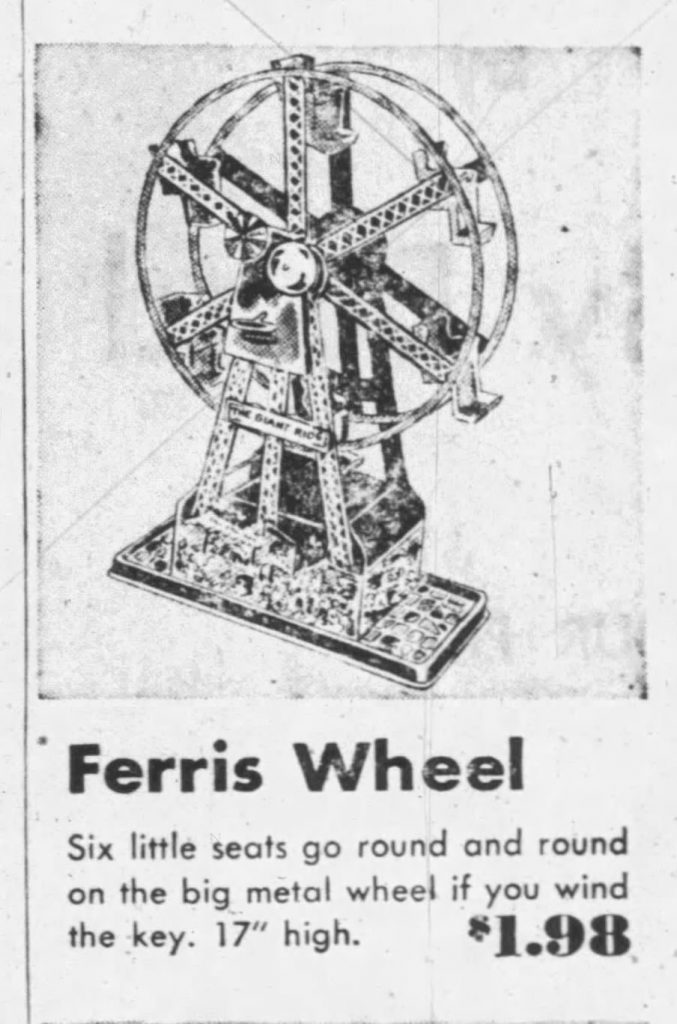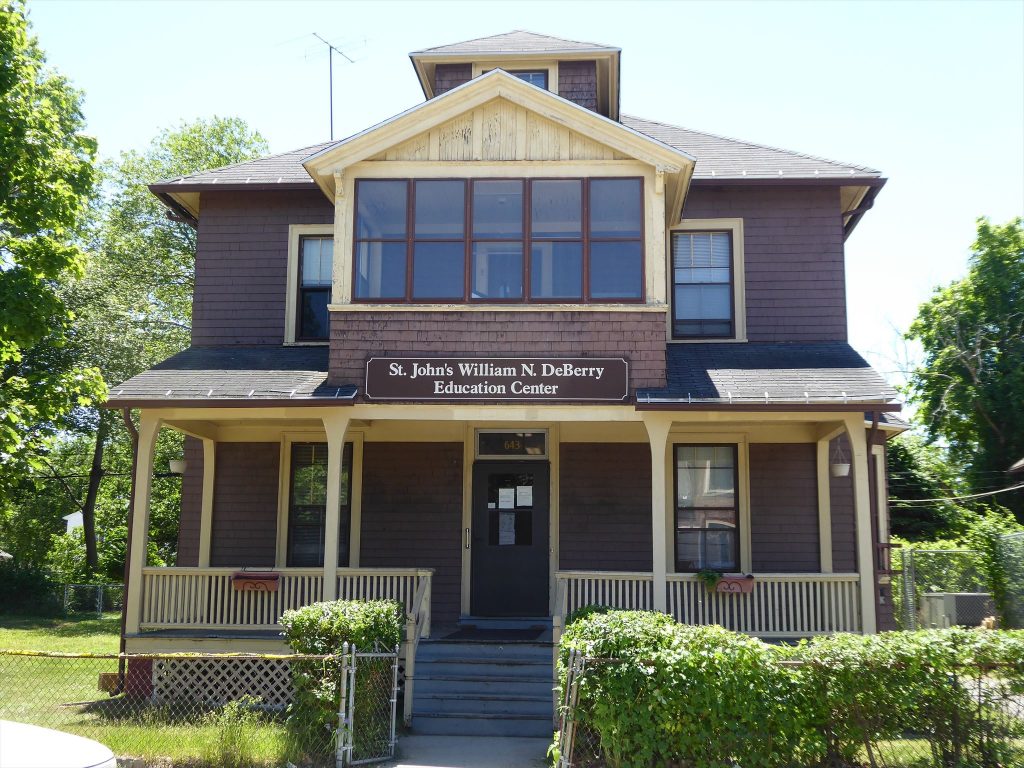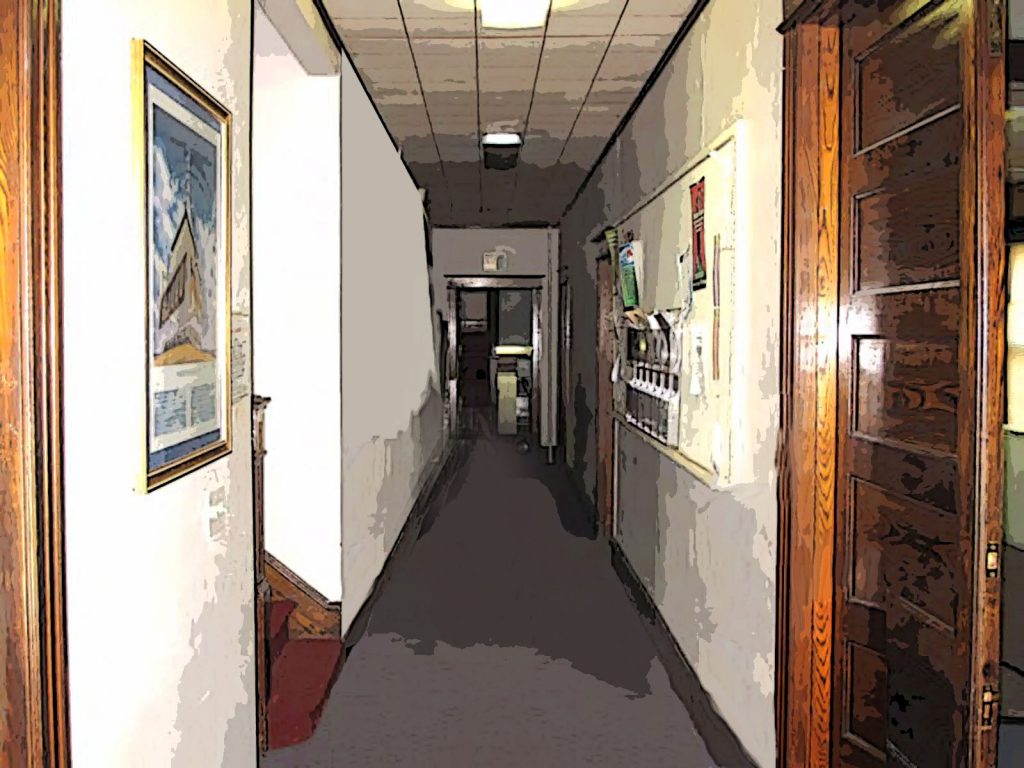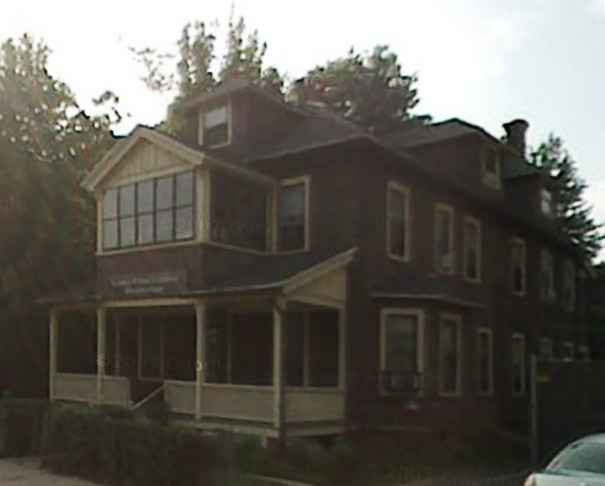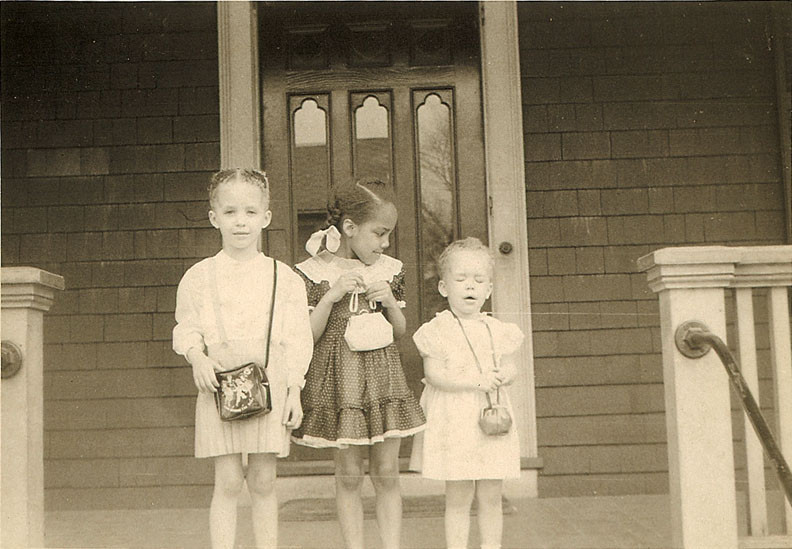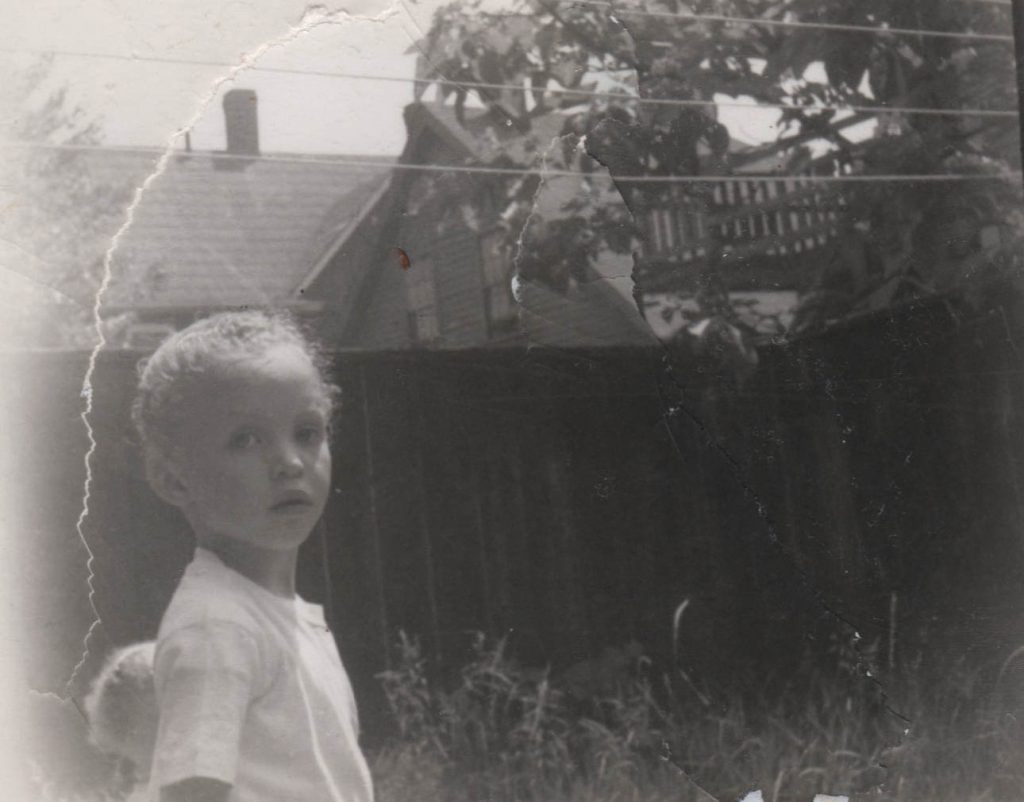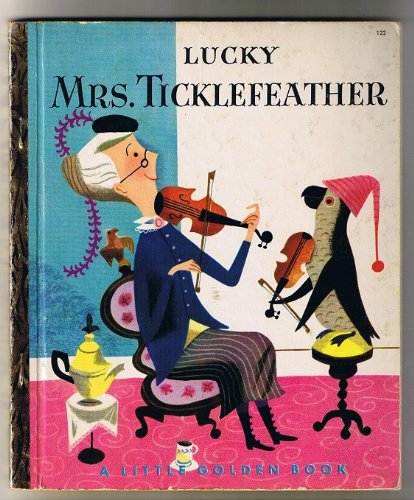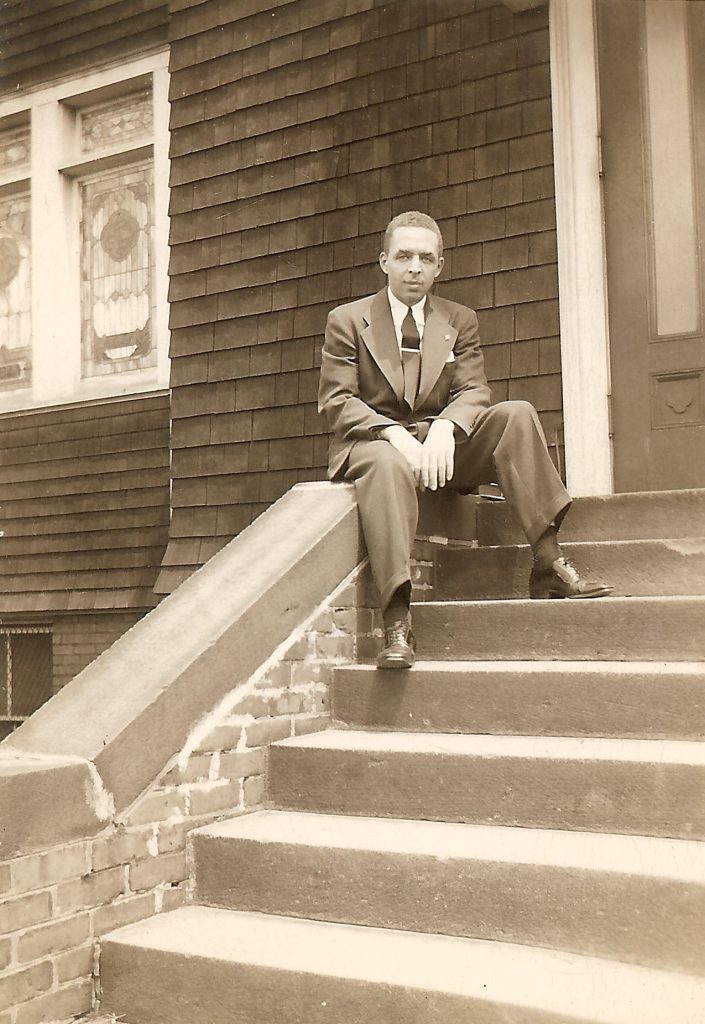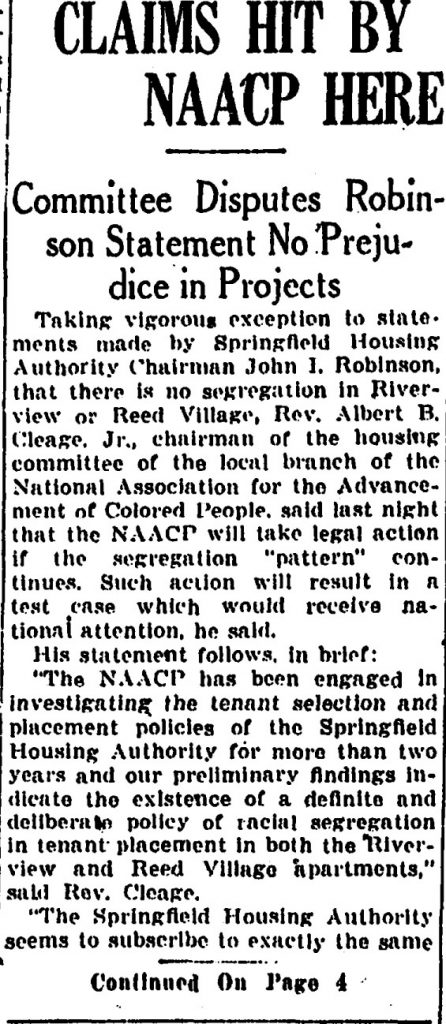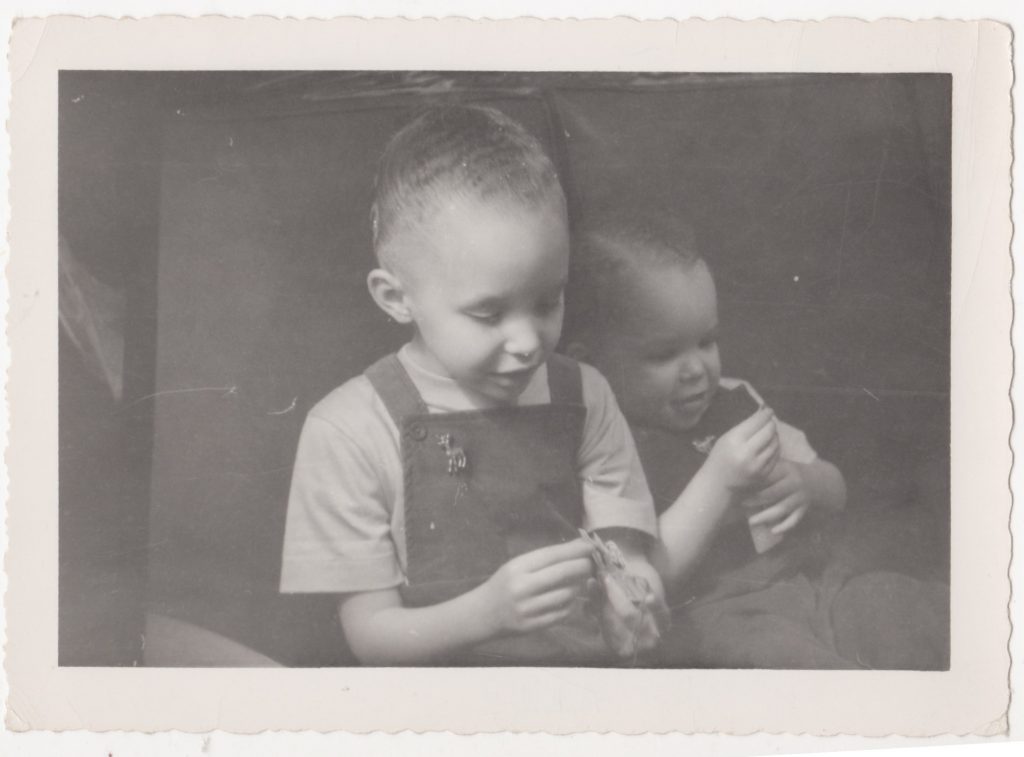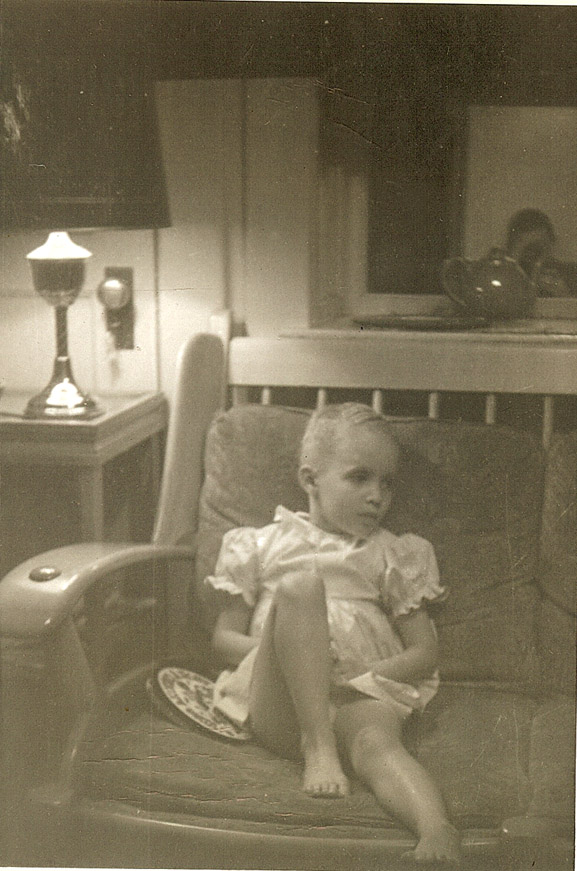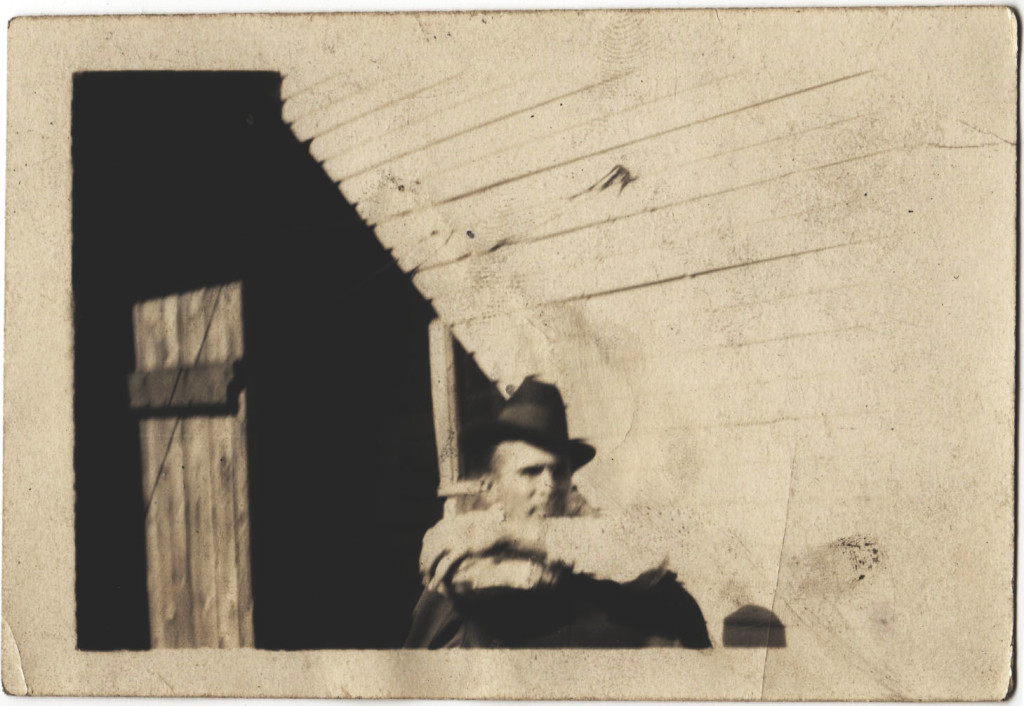
The Land of Hope
I’ve watched the trains as they disappeared
Behind the clouds of smoke,
Carrying the crowds of working men To the land of hope,
Working hard on southern soil, Someone softly spoke;
“Toil and toil, and toil and toil, And yet I’m always broke.”
On the farms I’ve labored hard, And never missed a day;
With wife and children by my side We journeyed on our way.
But now the year is passed and gone, And every penny spent,
And all my little food supplies Were taken ‘way for rent.
Yes, we are going to the north!
I don’t care to what state, Just as long as I cross the Dixon Line,
From this land of southern hate, Lynched and burned and shot and hung,
And not a word is said.
No law whatever to protect- It’s just a “nigger” dead.
Go on, dear brother; you’ll ne’er regret;
Just trust in God; pray for the best,
And in the end you’re sure to find “Happiness will be thine.”
William Crosse’s poem appeared in the Chicago Defender, c 1920
When my grandfather, Mershell C. Graham arrived in Detroit he already knew people there who had come up from Montgomery earlier. At that time they all lived in Black Bottom and Paradise Valley. These were segregated, crowded and thriving black neighborhoods. That is where my grandfather found lodging with friends from home.
I found the names in letters he wrote and received from friend back in Montgomery. Using City directories and other records, I found out where he lived and who owned the houses and who lived in the area.
Charles Whyman was in Detroit in 1903 working as a waiter. In 1915 he owned a restaurant on St. Antoine. Lowndes Adams asked about him in a letter in 1917.
Moses Walker, Mershell’s future wife’s cousin’s brother-in-law, was in Detroit in 1915. He worked as a deputy collector with the United States Customs office. After their marriage, my grandparents roomed with his family.
Frank McMurray and his wife were mentioned in several letters that my grandfather received in 1917. They appear in the Montgomery directory in 1915 as grocers. In the 1919 Detroit directory he is listed as a carpenter. They also took in roomers at their residence, 379 Orleans Street.
My grandfather’s play brother, Clifton Graham was worked on the D & C Line as a waiter according to the 1917 Detroit Directory. Letters from Montgomery ask about him that same year.
Arthur Chisholm was mentioned in Lowndes letter as having gotten away without his knowing. On his 1917 draft card, his address is 379 Orleans St. Detroit, the same place my grandfather was living.
Feb 16, 1917: weather. “At Detroit the weather was fair during the day with the temp at 18 at 8 AM rising to 23 at 11 AM and falling again to 22 at 8 pm. Cloudy Friday and Saturday probably snow flurries” Free Press.
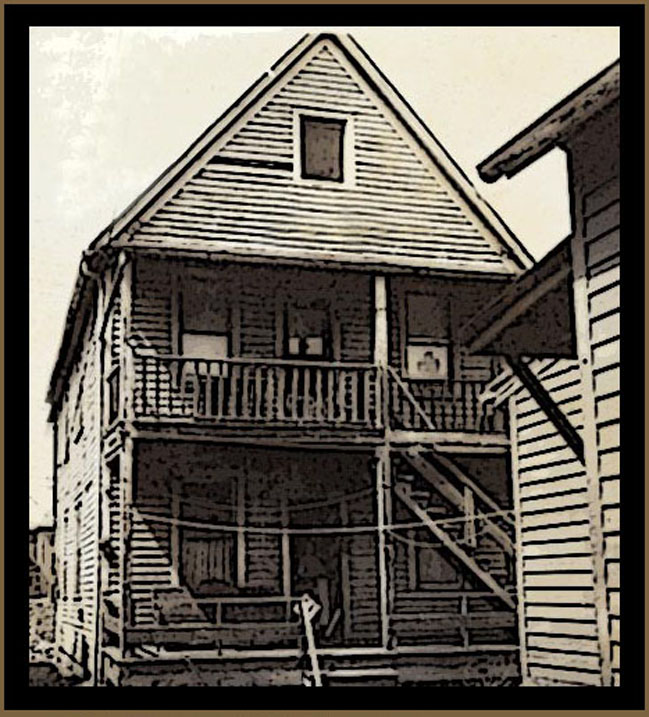
- in February 1917, my grandfather lived at 293 Catherine Street between Dequindre & St. Aubin. It was in Black Bottom. It was a two story wooden house with a two story back porch and a small side porch where the entry door was. In the back of the lot there was another dwelling house, smaller than the one in front, also two stories, with a one story kitchen on the side.
“Women Likely to be Given Ballot,” a headline in Lansing’s local newspaper read on March 13, 1917. “Unless something unforeseen happens a bill giving the women of Michigan the right to vote for presidential electors will be passed by the Michigan legislature, and a constitutional amendment to be submitted at the general election in 1918 providing for universal suffrage will also be ratified,” The State Journal reported.
Apr 4 US Senate agrees (82-6) to participate in WWI
Apr 6, 1917, US declares war on Germany, enters World War I
On June 4, 1917, according to his WW 1 draft registration card my grandfather, Mershell Graham was single, responsible for his father, living in Detroit and working as a steward for the Detroit & Cleveland Navigation Company on the Lakes and living at 2021 Orleans, a boarding house owned by the McMurrays. Formerly of Montgomery, AL.

2. In May 1917, Shell was living at 379 Orleans, half a block from Maple. This was a two story frame flat with a wooden shingle roof. The alley was on the right side. There was a 1 story porch across the front and a one story kitchen in the back. McMurry and wife, who are mentioned in several letters, lived here and ran a boarding house. This house was also in Black Bottom.
May 27, 1917 Race riot in East St Louis Illinois, 1 black man killed
Jun 26 1st US troops arrive in France during World War I
To Be Continued.
Related Posts
Letters from home
The Steamer “Eastern States” – 1917
The Migration Part 3 – Those Left Behind
